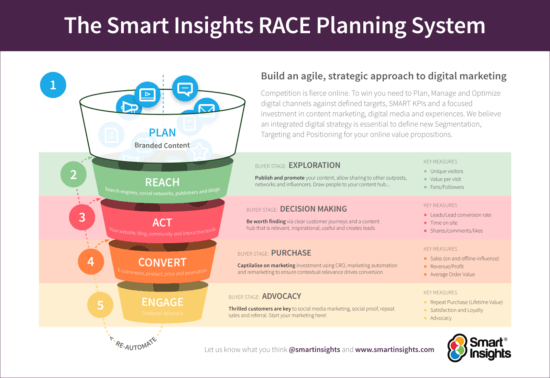Use the honeycomb model to help inform your social media strategy
Back in 2011, a group of professors from Canada; Jan Kietzmann, Kristopher Hermkens and Ian McCarthy created the Honeycomb Model to review social media effectiveness, looking at reasons why users engage with social media.
The idea behind the honeycomb model is that of the 7 key building blocks delineated by the model, companies can select the ones most relevant to their business, and focus their attention on those areas.
We created this simple table to help you evaluate each of the seven blocks, so you can decide which ones, and how many, your organization should focus on.
Social media building blocks:
Identity: Data privacy controls and tools for user self-promotion
Presence: Creating and managing the reality, intimacy and immediacy of the context
Relationships: Managing the structural and flow properties in a network of relationships
Reputation: Monitoring the strength, passion, sentiment, and reach of users and brands
Groups: Membership rules and protocols
Conversations: Conversation velocity, and the risks of staring and joining
Sharing: Content management system and social graph
Step-by-step digital marketing planning for you
Looking for new strategies and tactics to plan your always-on and campaign social media marketing? Get started today with our acclaimed marketing structure, the RACE Framework. A popular planning model for large and small teams, and individuals, RACE walks you through your customers’ experiences of all your marketing channels, integrated across reach, act, convert, and engage.

Structure your marketing plan around a funnel proven to boost performance. Join Smart Insights as a Free Member for instant access to our free digital marketing plan template to hone your skills and drive the results you need.
Social media marketing model
In summary, the Honeycomb model is a great framework for considering social media networks but it is not a decision tree and therefore the final decision as to ‘which network should we select?’, still, needs to be taken within the organization.
For more information on digital models, see our free digital marketing models guide.





